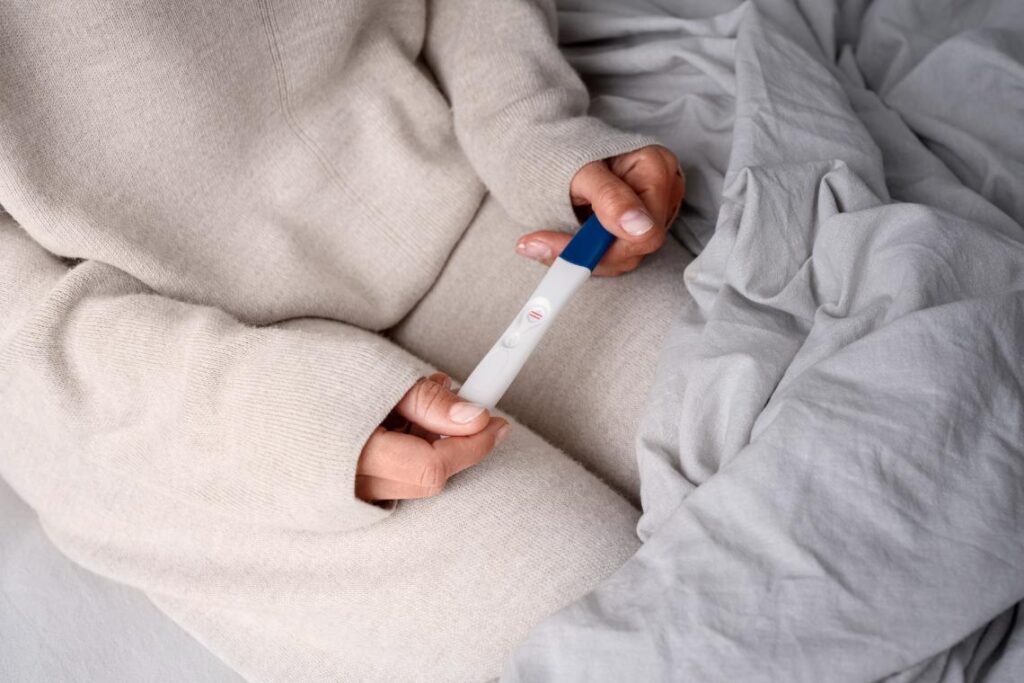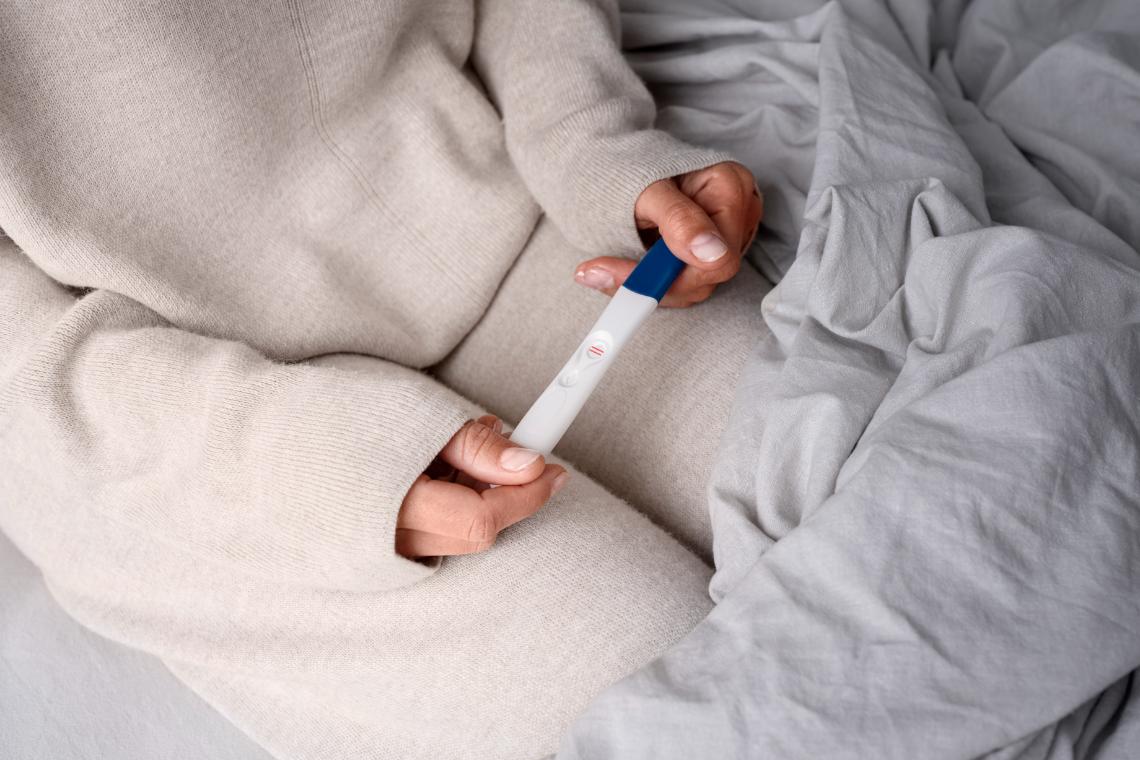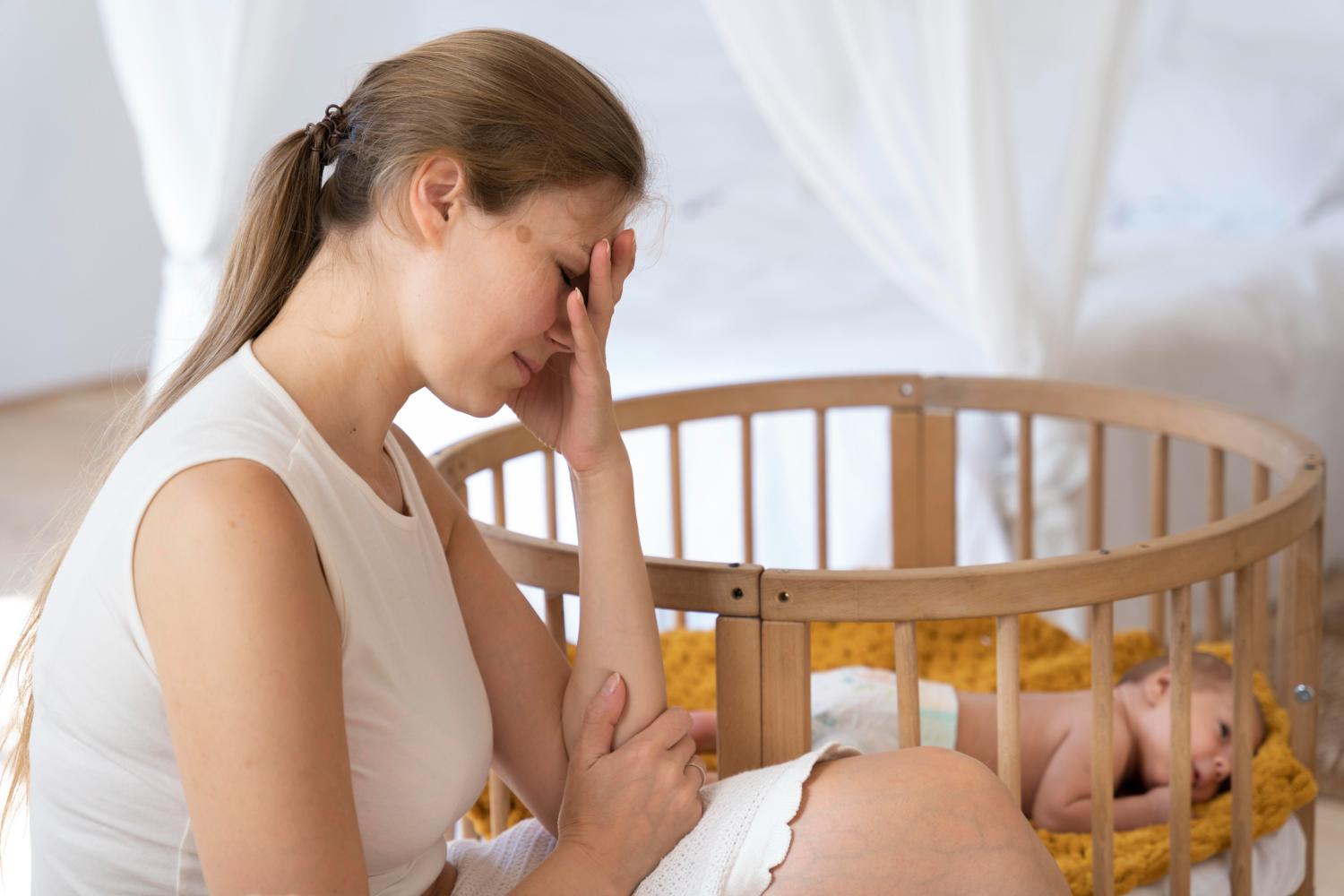
Women who are diagnosed with polycystic ovary syndrome (PCOS) or endometriosis are worried about what will happen to their lives and children, too. It brings a lot of physical and emotional challenges, but also deep concern about fertility and future family planning. Both conditions can interfere with natural conception PCOS through irregular ovulation and hormonal imbalance, and endometriosis through inflammation, scarring, and ovarian damage.
Despite this uncertainty, egg freezing (oocyte cryopreservation) has come up as a modern solution. It is capable of offering women a chance to preserve their fertility potential. The good news is that this is possible before their biological clock or disease progression limits their options.
Also, how exactly does egg freezing take place and how does it benefit the person or couple? Can it offset the impact of PCOS or endometriosis on fertility? And what should women consider before deciding on this procedure?
Understanding PCOS and Endometriosis: Fertility Risks
PCOS and Fertility
Polycystic Ovary Syndrome (PCOS) is noted to affect nearly 1 in 10 women of reproductive age. It is recognised by irregular ovulation, excessive androgen levels, and multiple small ovarian cysts. While women with PCOS may have a higher ovarian reserve (egg count), many eggs fail to mature properly, leading to irregular ovulation or anovulation.
Furthermore, hormonal imbalances and metabolic disturbances can also affect egg quality, which is critical for successful fertilization. For every person age progresses, this imbalance worsens increasing the risk of infertility or complications during pregnancy.
Endometriosis and Fertility
Endometriosis occurs when uterine-like tissue grows outside the uterus, commonly affecting ovaries and fallopian tubes. The resulting inflammation and scar tissue can distort reproductive anatomy and harm ovarian function.
Research has reported that CCRM IVF indicates that endometriosis can reduce egg quality and quantity, making it harder for eggs to fertilise and implant successfully. The disease is also progressive. This goes to indicate that fertility typically declines the longer it remains untreated or unmanaged.
Thus, for women living with PCOS or endometriosis, time becomes a critical factor and egg freezing offers a window of opportunity before ovarian health declines further.
Why Egg Freezing Makes Sense for Women with PCOS & Endometriosis?
1. Preserving Younger, Healthier Eggs
Egg quality declines naturally with age, but this decline can accelerate in women affected by endometriosis or oxidative stress from PCOS. Freezing eggs at a younger age allows preservation of genetically healthier eggs before the disease or time compromises them.
2. Gaining Flexibility and Control
Life plans don’t always align with fertility timelines. Women may delay pregnancy due to education, career goals, or ongoing treatment. Egg freezing helps them maintain reproductive flexibility reducing anxiety and restoring control over their biological choices.
3. Managing Disease Progression
Endometriosis can unpredictably worsen, sometimes requiring surgeries that further deplete ovarian reserve. Freezing eggs early allows women to safeguard fertility before medical interventions potentially impact egg quantity.
4. Improved Success Rates with Early Freezing
Women who undergo egg freezing when ovarian health is still optimal have higher chances of achieving pregnancy later through IVF. Studies show that early cryopreservation in endometriosis patients leads to significantly better fertilization and live birth rates.
5. Emotional and Psychological Reassurance
Living with fertility-related uncertainty can cause emotional distress. Knowing that one’s eggs are safely stored offers peace of mind, helping women focus on managing their health and personal lives without constant anxiety about future conception.
The Egg Freezing Process: Step-by-Step
The egg freezing journey typically involves four main stages:
- Ovarian Stimulation: Often, Hormonal medications stimulate the ovaries to produce multiple eggs. For PCOS patients, fertility specialists often use mild stimulation to reduce the risk of Ovarian Hyperstimulation Syndrome (OHSS) a condition where the ovaries overreact to medication.
- Monitoring & Timing: It is to be noted that Ultrasounds and blood tests track egg development. Medications are used to control timing and prevent premature ovulation.
- Egg Retrieval: Mature eggs are collected using a minimally invasive procedure under sedation. The process takes 15–20 minutes, and most women resume normal activity within a day.
- Vitrification (Freezing): The eggs are rapidly frozen using advanced vitrification technology, preventing ice crystal formation and ensuring higher survival rates upon thawing.
Both CCRM IVF and TFP Fertility emphasise that women with PCOS or endometriosis should undergo personalised stimulation protocols and monitoring for optimal results.
Also Read: Getting Pregnant with Endometriosis: Is It Possible?
Key Considerations & Risks for PCOS / Endometriosis Patients
While egg freezing offers hope, it’s important to understand the medical, emotional, and practical considerations before committing to the process.
1. Ovarian Hyperstimulation Syndrome (OHSS)
Women with PCOS are particularly prone to OHSS a condition where ovaries become swollen and painful due to overstimulation. Symptoms can include abdominal discomfort, bloating, and, in severe cases, fluid retention.
To mitigate this, doctors often use “low-dose” stimulation protocols, carefully monitor hormone levels, and sometimes opt for a “freeze-all” strategy, postponing embryo transfer to allow recovery.
2. Inflammation and Surgical History in Endometriosis
For women with endometriosis, prior surgeries may reduce ovarian reserve or cause scar tissue, affecting egg retrieval. Active inflammation can also lower egg quality. Many fertility specialists recommend treating or suppressing endometriosis before stimulation begins, using medication such as GnRH analogues to create a healthier environment for egg production.
3. Egg Quality vs. Quantity
Having many eggs doesn’t always mean they are high quality. Women with PCOS may produce more eggs, but hormonal imbalances can impact maturation. Conversely, women with endometriosis may have fewer eggs but of decent quality.
Egg freezing captures the best possible eggs at the current health stage but results still depend on age, disease severity, and medical protocol.
4. Emotional and Physical Stress
Egg freezing involves hormonal injections, blood tests, and procedures that may be physically and emotionally taxing. Women with PCOS or endometriosis already managing chronic symptoms should prepare mentally and have supportive medical and emotional care throughout the process.
5. Financial Considerations
Egg freezing can be costly. This means that it includes the retrieval procedure, freezing, and annual storage fees. Women should discuss financial counselling options and check if insurance or health programs offer partial coverage for fertility preservation.
6. Timing and Age Factor
Success rates depend heavily on age at the time of freezing. The earlier the eggs are frozen ideally before 35 the higher the potential success in the future. Both CCRM and TFP Fertility strongly advocate for early consultation once a diagnosis is made.
7. Lifestyle and Health Management
Underlying conditions must be managed holistically:
- For PCOS: Maintain a healthy weight, manage insulin resistance, and stabilise hormones.
- For Endometriosis: Reduce inflammation through diet, exercise, and prescribed therapy.
Overall reproductive health significantly affects both egg quality and IVF outcomes.
8. No Absolute Guarantees
While egg freezing significantly increases future fertility chances, it is not a guaranteed path to pregnancy. Success depends on several factors from thaw survival to sperm quality, uterine health, and overall age at conception. It should be seen as a safety net, not a certainty.
What Research and Experts Say
Clinical data supports egg freezing as an effective fertility-preserving strategy for women affected by these conditions.
CCRM IVF notes that women with endometriosis who freeze eggs early have better embryo development rates compared to those who delay.
TFP Fertility highlights that roughly 90% of frozen eggs survive thawing, and up to 65% fertilize successfully, making this a viable long-term option for patients managing PCOS or endometriosis.
Fertility specialists worldwide agree that proactive freezing improves emotional well-being by removing the stress of uncertain fertility timelines.
Also Read: What is Egg Freezing and its Benefits?
Is Egg Freezing Right for You?
If you are considering egg freezing while managing PCOS or endometriosis, here’s a quick checklist:
- Get a fertility evaluation, including AMH levels and an ultrasound.
- Discuss disease management with your gynaecologist and fertility specialist.
- Opt for clinics with experience in treating PCOS and endometriosis patients.
- Prioritize emotional support and counselling throughout the journey.
Conclusion: Empowering Women Through Fertility Choices
For women navigating the dual challenges of PCOS and endometriosis, egg freezing is not just a medical procedure it’s a decision rooted in empowerment and foresight. It offers a practical way to preserve fertility, reduce anxiety, and retain autonomy over one’s reproductive future.
While it may not guarantee pregnancy, it provides a tangible option to balance life’s timing with personal goals. The key is early action, guided by expert medical advice, realistic expectations, and a holistic approach to health.
In short, egg freezing is a beacon of hope a bridge between uncertainty and possibility, ensuring that women with PCOS and endometriosis have the freedom to pursue both wellness and motherhood on their own terms.





